Aleksandar Pavlovic, USAID Competitive Economy Project: Knowledge and connections are key elements of survival in the SMEs market
 Wednesday, 08.01.2020.
Wednesday, 08.01.2020.
 14:45
14:45
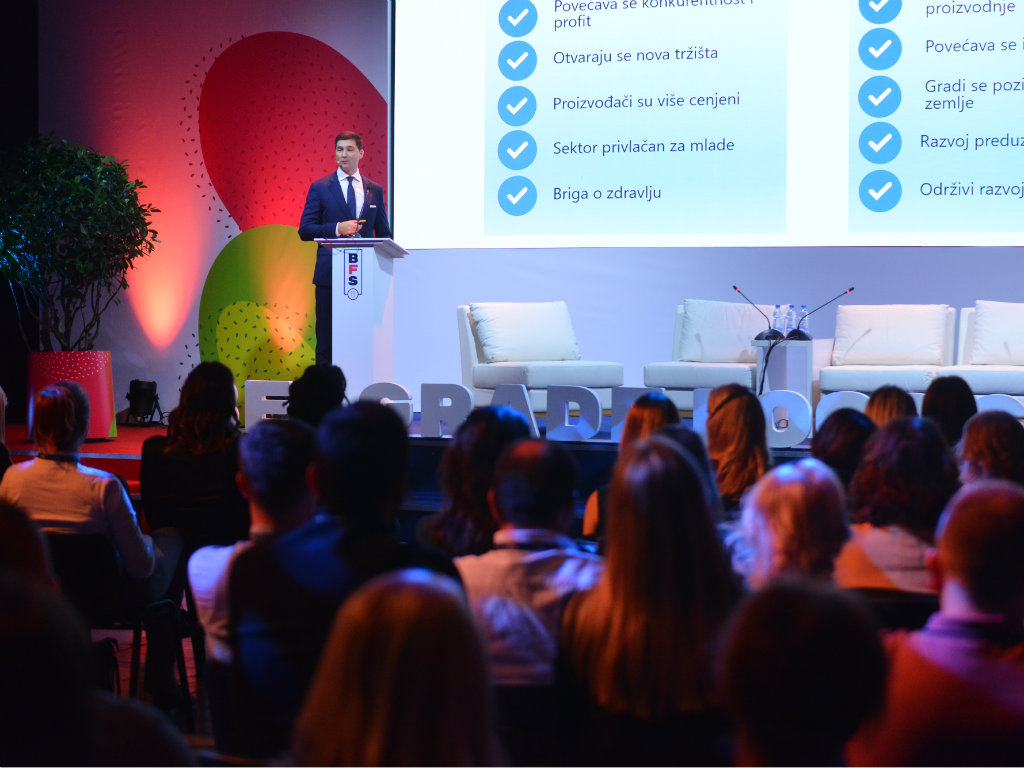
For this reason, they also support the AgroBelgrade fair, the first specialized fair of fruit and vegetable growing and viticulture, which will be held between January 30 and February 1 at the Belgrade Fair, whose media partner is eKapija.
On this occasion, we talked with Aleksandar Pavlovic, the director of the USAID Competitive Economy Project.
ŌĆō AgroBelgrade 2020 will help to turn the attention of international buyers and the Serbian public to the potential of the production in the industry of fruit, vegetables and viticulture and the integration in the local and the international market. The focus will be on advanced agriculture, modern farming and processing system, that is, the things we need to come out with goods that can find a buyer in any market and to make a transition from traditional agriculture to professional production even more decisively ŌĆō our interviewee says.
When it comes to the market of Serbia in the segment of food and manufacturing, Pavlovic says that the purchasing power is still low in the market, which also reflects on the industry, as it adapts to the consumer:
ŌĆō There's still a large shadow market here, which creates unfair competition and additional problems for companies. Traditional Serbian brands cope with this the best, having a large share in local consumption, which is characteristic for the former Yugoslav states. However, innovations and the creation of new trends, the adding of value to products, require a step forward in creating systems of support to new ideas. Progress is evident, especially in the premium food sector.
He adds that the exporting industries, which operate under different principles and work for purchasers who set standards, are the carriers of changes in Serbia and the leaders in accepting new concepts and technologies.
ŌĆō Our project has therefore decided to become active in the sector of fruit and vegetable processing, as there are our most competitive exporting products ŌĆō he points out.
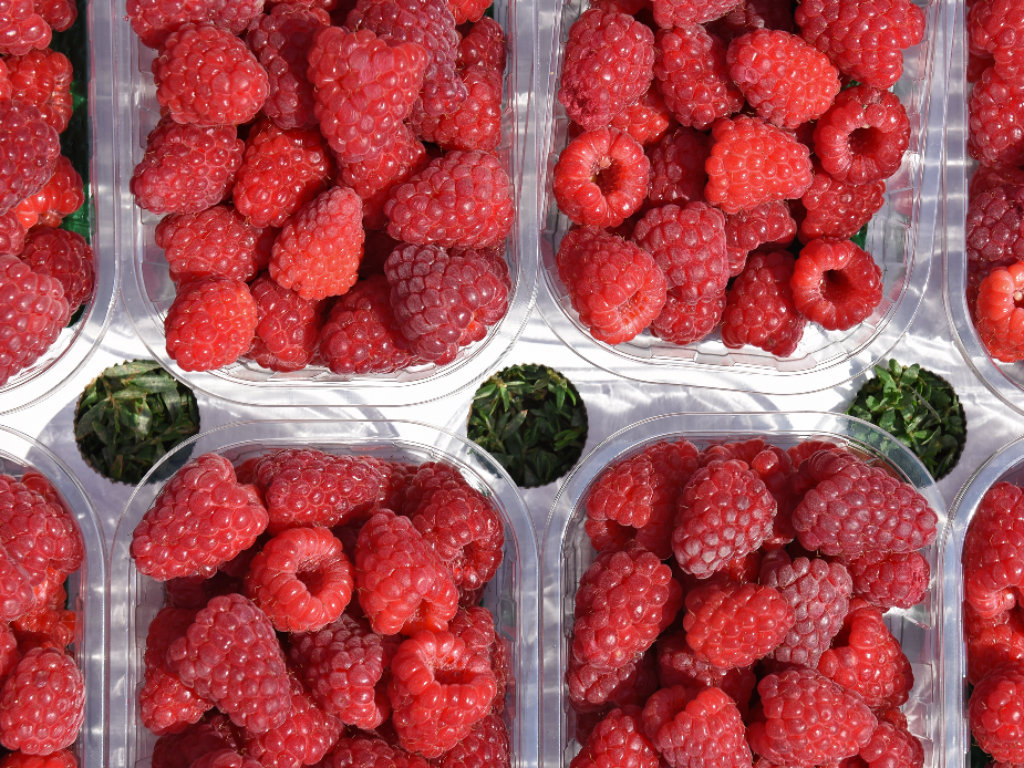
He adds that, even though there is plenty of room for adding value to our industry, there are excellent foundations for such an endeavor:
ŌĆō When it comes to food processing, Serbia is 10% larger than Bulgaria, 15% larger than Croatia, but also 28 times smaller than France and 21 times smaller than Italy.
Serbian market is slow, but follows trends
The USAID Competitive Economy Project also stimulates innovations in the segment of the industry of high-value products. As Aleksandar Pavlovic says, there's been a change in the motivation for purchase, which is no longer based on the ingredients, the packaging or the brand, but on the added benefits of the product, increasingly so: organic, vegan, out-of-season, geographic origin, sugar-free, health food etc.
ŌĆō A higher value product relies on a motivated consumer, who is ready to pay a higher price if the expectations and the quality are met. The taste, the look, the safety, the nutritional value, the quickness of preparation are some of the important criteria for consumers. Our market, though slow, obviously follows trends. The trends are home delivery, organic and snacking, plastic free, natural ŌĆō he adds.
The project supports this through the Premium Food Design hubs, such as Desing Taste Center or BIPS, as a partner through the dm incubator and through the Belgrade Food Show.
Knowledge and connections as key elements
Pavlovic believes that education is probably the most important element for Serbian companies, which then also covers access to finance.
ŌĆō This sector is filled with micro and small enterprises, all of which fight for their piece of the market. Knowledge and connections are key elements of survival in such a market. Access to markets, especially the EU, is something that requires special attention and support to companies. Then there's also managing the business itself, the professionalization of companies and management models. That is the winning combination which also makes access to finance much easier ŌĆō he says.
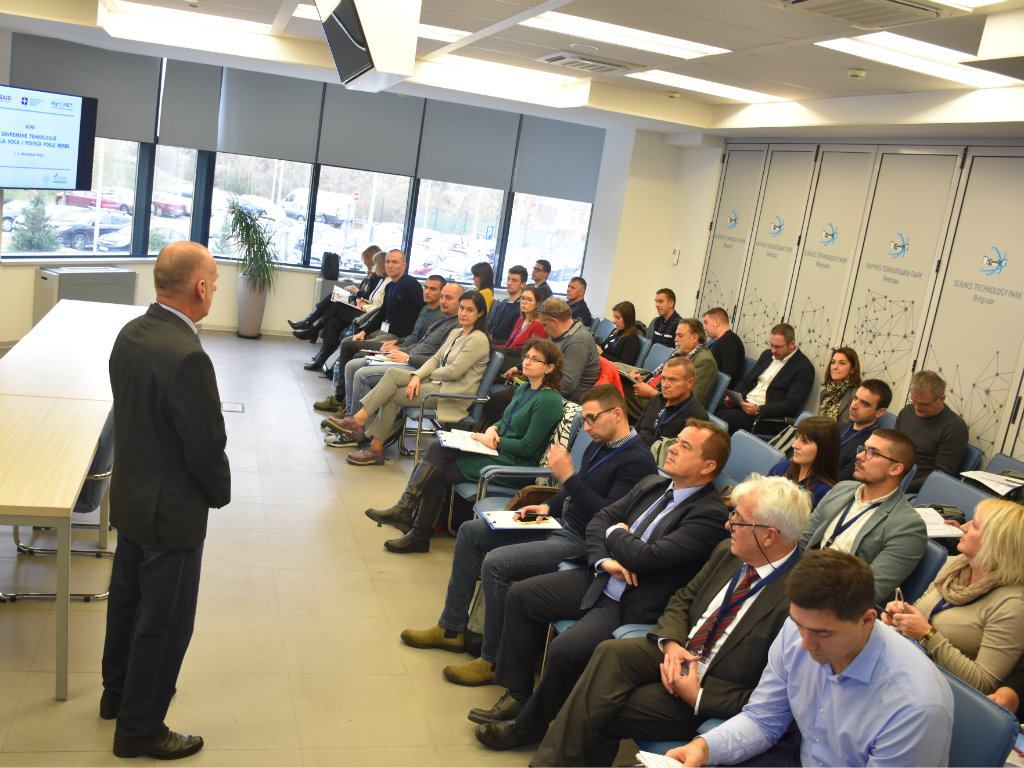
The project cooperates well with the Faculty of Agriculture in Belgrade and they hope to establish a similar cooperation with other faculties in the country as well.
ŌĆō Improvements have been introduced to the higher education system through the development of professional courses for the development of workforce with the help of the University of California, Davis. The idea is for the program to implement the practice of a successful education initiative in the USA, where the education system regularly reacts to he critical demands of the market and supplements the need for knowledge and innovations in the market through short-term, focused courses ŌĆō Pavlovic explains.
Banks offering historically low interest rates
When it comes to financing, eKapija's interviewee says that the sector is well subsidized by the state and that IPARD funds are available as well.
ŌĆō Furthermore, companies still primarily finance the growth from their own funds and that is something that can be solved through said education. There is no need to spend one's own money when banks are offering historically low interest rates. When it comes to banks, we initiated a program of guarantees with the Ministry of Agriculture, Forestry and Water Management, in cooperation with ProCredit Bank, Addiko Bank and Banca Intesa in order to facilitate access to finance to Serbia companies ŌĆō Aleksandar Pavlovic says.
When it comes to the plans for 2020, eKapija's interviewee says that the focus of the USAID Competitive Economy Project will be on models which give results and help Serbian companies upgrade their production and position their products on the market more easily.
Aleksandra Kekic
 USAID Srbija
USAID Srbija
 Beogradski sajam doo Beograd
Beogradski sajam doo Beograd
 ProCredit Bank a.d. Beograd
ProCredit Bank a.d. Beograd
 Addiko bank ad Beograd
Addiko bank ad Beograd
 Banca Intesa a.d. Beograd
Banca Intesa a.d. Beograd
 Poljoprivredni fakultet Beograd
Poljoprivredni fakultet Beograd
 Ministarstvo poljoprivrede, ┼Īumarstva i vodoprivrede Republike Srbije
Ministarstvo poljoprivrede, ┼Īumarstva i vodoprivrede Republike Srbije
Most Important News
06.04.2024. | Agriculture
Preconditions for Placement of Fresh Blueberries and Dried Plums in Chinese Market Secured
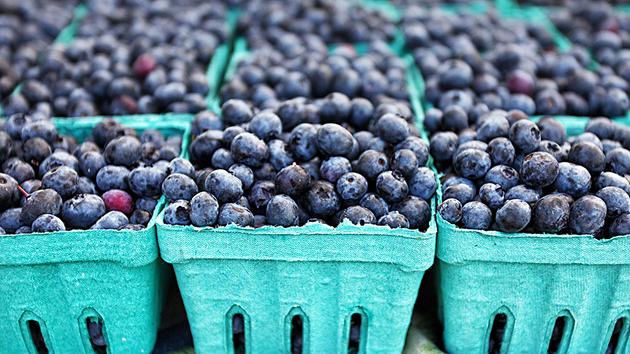
16.04.2024. | News
Jovan Ciric, Leasing Director Retail MPC Properties ŌĆō MPC Echo symbolizes our desire for good ideas and innovative endeavors to spread freely and bring about positive changes
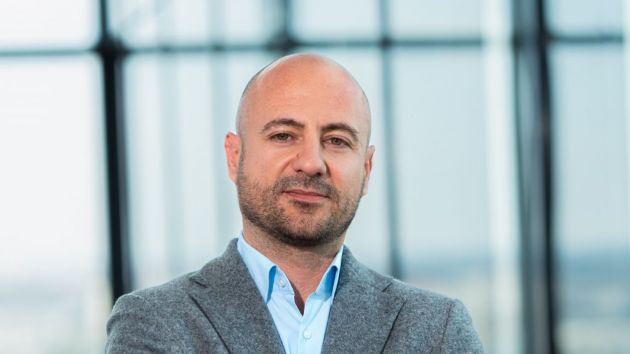
16.04.2024. | News
10.04.2024. | Finance, IT, Telecommunications, Tourism, Sports, Culture
Creative Industry ŌĆō What This Serbian Economy Sector Worth EUR 2 Billion Encompasses

10.04.2024. | Finance, IT, Telecommunications, Tourism, Sports, Culture
18.04.2024. | Industry, Finance
Here come the new hunters for Serbian gold ŌĆō Australian Strickland Metals buys mining project on mountain Rogozna

18.04.2024. | Industry, Finance
16.04.2024. | News
Economy Fair in Mostar opens ŌĆō 26 companies from Serbia exhibiting
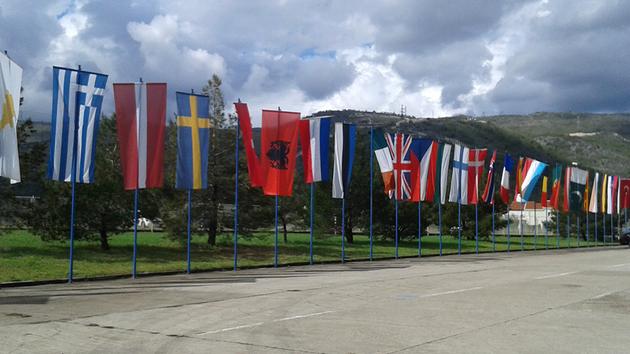
16.04.2024. | News
18.04.2024. | Transport
Jovanovic: Purchase of Siemens trams produced in Kragujevac for GSP Beograd should be considered
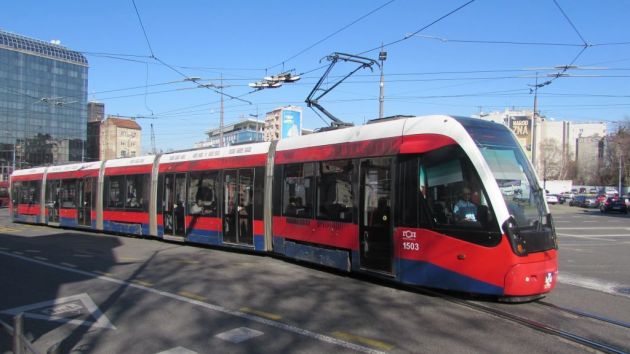
18.04.2024. | Transport


 Izdanje Srbija
Izdanje Srbija Serbische Ausgabe
Serbische Ausgabe Izdanje BiH
Izdanje BiH Izdanje Crna Gora
Izdanje Crna Gora


 News
News






